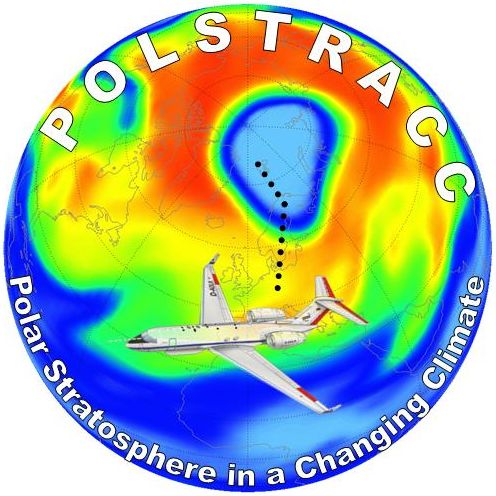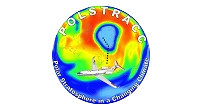POLSTRACC
The Polar Stratosphere in a Changing Climate
The HALO demonstration mission POLSTRACC aims at providing new scientific knowledge on the evolution of the Arctic stratosphere in a changing climate. This implies the evolution of key species within and around the polar vortex such as ozone, chlorine and nitrogen species and of atmospheric processes associated with cirrus clouds and polar stratospheric clouds.
POLSTRACC will use a payload of remote-sensing and in-situ instruments for a variety of trace species with contributions from institutes of the Helmholtz Association, the Max-Planck Society, and universities. POLSTRACC is the only demonstration mission that deploys a suite of different remote sensing instruments.
POLSTRACC is now scheduled for the winter 2010/11. We plan to cut the mission into two parts, a test campaign with the full payload in December 2009, and a more extended deployment in February/March 2010. The December 2009 campaign will probably contain of two flights, a short 4 hrs flight to check the instrumentation and a long, up to 10 hrs, flight without intermediate stop, in which the Artic vortex should be reached. In the more extensive deployment in February/March 2011 Kiruna will be used as an intermediate mission base.
With roughly 30 flight hrs, including the transfers from and to Oberpfaffenhofen, the 2nd deployment will allow for a more detailed sampling either in east-west direction to study longitudinal inhomogeneities of the vortex or in vertical direction, e.g. to sample cirrus clouds below the aircraft or a streamer of vortex air and to study its mixing with LMS air.


